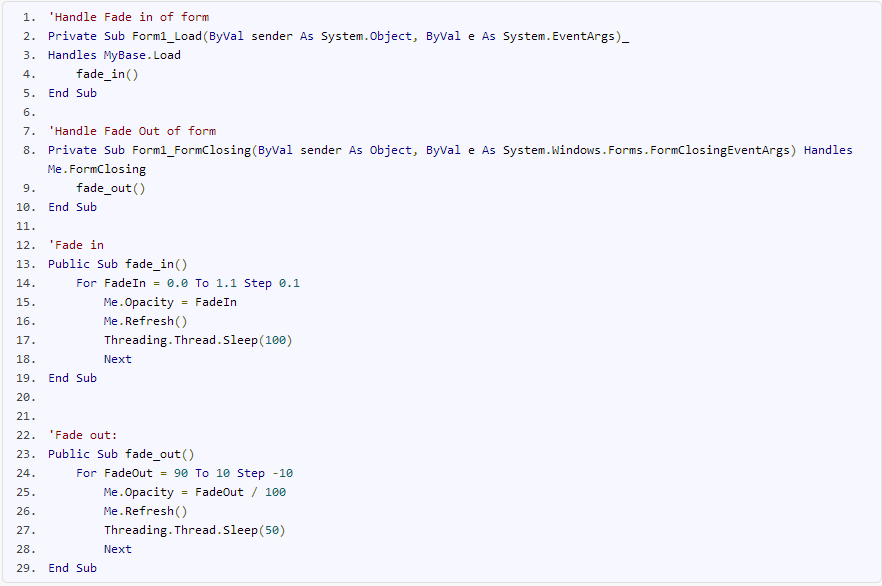If you really really want to go ahead with C# as your single language, you should look up TAO GL
Without making the COM calls to the Windows API yourself, this is about as good as it gets.
If I were you, pick up an existing game engine (Unity/Unreal) and start there.

